wikiHow is a “wiki,” similar to Wikipedia, which means that many of our articles are co-written by multiple authors. To create this article, volunteer authors worked to edit and improve it over time.
There are 16 references cited in this article, which can be found at the bottom of the page.
This article has been viewed 89,771 times.
Learn more...
The most common side-effect of a stroke is muscle weakness and reduced control over an affected body part. As a result, stroke survivors often collaborate with physical therapists in order to restore control and strength by undergoing exercise programs. In this way, the patient can learn the necessary skills to deal with the loss of specific movements of the body, and hopefully regain a certain amount of strength and movement.
Steps
Stroke Recovery Exercises for Shoulders
-
1Do exercises that will help to stabilize your shoulder. This exercise strengthens the muscles responsible for stabilizing the shoulder. You can perform this exercise 2 to 3 times a day (once in the morning, in the afternoon and at bedtime).[1]
- Lie on your back with arms resting at your sides.
- Keep your elbow straight. Lift the affected arm to shoulder level with hand pointing to the ceiling.
- Lift your hand toward the ceiling while lifting the shoulder blade from the floor.
- Hold for 3 to 5 seconds, and then relax, allowing the shoulder blade to return to the floor.
- Slowly repeat the reaching motion 10 times. (You can increase it to as many repetitions as you can handle)
- Lower arm to rest by your side.
-
2Try an exercise that will strengthen your shoulders. This exercise strengthens the shoulder muscles, including those which straighten the elbow. You can perform this exercise 2 to 3 times a day (once in the morning, in the afternoon and at bedtime).[2]
- Grasp one end of an elasticized band in each of your hands while lying on your back. Make sure to create enough tension to provide resistance.
- To begin with, place both of your hands alongside the unaffected hip while keeping the elbows straight.
- Move the affected arm upward in a diagonal direction while reaching out to the side and keeping the elbow straight. The unaffected arm should remain at your side throughout the exercise.
- During the exercise, make sure to stretch the band so that it provides resistance.
Advertisement -
3Enhance your shoulder motion. This exercise enhances the motion of the shoulder. You can perform this exercise 2 to 3 times a day (once in the morning, in the afternoon and at bedtime).[3]
- Lie on your back on a firm surface. Interlace your fingers with the hands resting on the stomach.
- Slowly raise your arms to shoulder level while keeping the elbows straight.
- Return hands to resting position on the stomach.
-
4Maintain the motion of your shoulder. This exercise helps to maintain motion of the shoulder (may be useful for those who have difficulty rolling over in bed). You can perform this exercise 2 to 3 times a day (one in the morning, in the afternoon and bedtime).
- Lie on your back on a firm surface. Interlace your fingers, with the hands resting on the stomach.
- Slowly raise your hands directly over the chest while straightening the elbows.
- Slowly move the hands to one side and then the other.
- Bend the elbows and return hands to resting position on the stomach.
Stroke Recovery Exercises for Elbows, Hands, and Wrists
-
1Do an exercise to help straighten your elbow. This exercise strengthens the muscles that straighten the elbow. You can perform this exercise 2 to 3 times a day (once in the morning, in the afternoon and at bedtime).[4]
- Lie on your back with arms resting at the sides and put a rolled towel under the affected elbow.
- Bend the affected elbow and move the hand up toward the shoulder. Keep the elbow resting on the towel.
- Hold for 10 seconds.
- Straighten the elbow and hold for 10 seconds.
- Slowly repeat 10 to 15 times.
-
2Get your elbow to straighten out. This exercise strengthens the muscles that straighten the elbow (helps in getting up from a lying position). You can perform this exercise 2 to 3 times a day (once in the morning, in the afternoon and at bedtime).
- Sit on a firm surface. Put the affected forearm flat on a surface with palm facing down. Place a firm pillow under the elbow.
- Lean your weight onto the bent elbow in a slow manner. You may need someone to assist you in order to maintain your balance.
- Push your hand down against the support surface while straightening the elbow and sitting upright.
- Slowly allow the elbow to bend while returning the forearm to the support surface.
-
3Do exercises that are focused on your hands and wrists. These exercises improve strength and range of motion in the wrist. You can perform these exercises 2 to 3 times a day (once in the morning, in the afternoon and at bedtime).[5] These are:
- Exercise 1: Hold weights in both hands. Bend the elbows at a 90 degree angle. Turn the palms up and down 10 times.
- Exercise 2: Hold weights in both hands. Bend the elbows at a 90 degree angle. Lift the wrists up and down while keeping the elbows still. Repeat 10 times.
Stroke Recovery Exercises for Hips
-
1Improve your hip control. This exercise improves hip control. You can perform this exercise 2 to 3 times a day (once in the morning, in the afternoon and at bedtime).[6]
- Begin with the unaffected leg flat on the floor and the affected leg bent.
- Lift the affected foot and cross the affected leg over the other leg.
- Lift the affected foot and uncross while resuming the position of step 2.
- Repeat the crossing and uncrossing steps 10 times.
-
2Work on hip and knee control at the same time. This exercise enhances hip and knee control. You can perform this exercise 2 to 3 times a day (once in the morning, in the afternoon and at bedtime).
- Start with the knees bent and feet resting on the floor.
- Slowly slide the heel of the affected leg down so that the leg straightens.
- Slowly bring the heel of the affected leg to the floor while returning to the starting position. Keep the heel in contact with the floor throughout the exercise.
Stroke Recovery Exercises for Knees and Legs
-
1Try an exercise that will help you control your knees. This exercise improves control of the motions of the knee for walking. You can perform this exercise 2 to 3 times a day (once in the morning, in the afternoon and at bedtime).
- Lie on the unaffected side with the knee at the bottom bent for stability and the affected arm placed in front for support.
- Starting with the affected leg straight, bend the affected knee, bringing the heel towards the buttocks. Return to the straightened position.
- Bend and straighten the knee while keeping the hip straight.
-
2Do an exercise to develop a good walking technique. This improves weight shift and control for correct walking technique. You can perform this exercise 2 to 3 times a day (once in the morning, in the afternoon and at bedtime).[7]
- Begin with the knees bent, the feet flat on the floor and the knees close together.
- Lift the hips from the floor.
- Slowly twist the hips side to side. Return to the center and lower the hips to the floor.
- Rest for at least 30 seconds and repeat the motion.
-
3Improve your balance with this exercise. This improves balance, control and weight shift to prepare for walking activities. You can perform this exercise 2 to 3 times a day (once in the morning, in the afternoon and at bedtime).
- Start by positioning yourself on your hands and knees. Distribute weight evenly in both arms and legs.
- Rock yourself in a diagonal direction, back toward the right heel. Then, as far forward toward the left hand.
- Repeat motion 10 times. Slowly rock as far as possible in each direction.
- Return to the center.
- Rock yourself in a diagonal direction toward the right hand. Slowly move back as far as possible in each direction.
Treating Spasticity
-
1Understand that it is important to treat spasticity before doing recovery exercises. Before doing any stroke recovery exercises, it is recommended by physicians to treat the symptoms of spasticity first.[8]
- Spasticity causes tightening of the muscles, inability to stretch, aching or sharp pain, abnormality in posture and uncontrollable movement. Spasticity is usually caused by damage to the portion of the brain (as a result of insufficient blood supply) or spinal cord that controls voluntary movement.[9]
- The affected body part can start to regain its normal strength and range of motion if the medications given to the patient relieve spasticity.
-
2Take Baclofen (Lioresal). This medication acts on the central nervous system. It relaxes muscles by decreasing muscle spasms, tightness, and pain and improves range of motion.
- For adults, the maintenance dose of Baclofen is 40-80 mg/day in 4 divided doses.[10]
-
3Talk to your doctor about Tizanidine hydrochloride (Zanaflex). This medication blocks the nerve impulses in the brain that cause spasticity.
- The effectiveness of the medication lasts only for a short period of time, so it is advisable to use it only when needed for relief of extreme discomfort or when it's needed to complete certain activities.
- The ideal starting dose is 4 mg every 6 to 8 hours. The maintenance dose is 8 mg every 6 to 8 hours (drugs.com).[11]
-
4Consider taking Benzodiazepines (Valium and Klonopin). This medication acts on the central nervous system, relaxing the muscles and decreasing spasticity for a short period of time.[12]
- The oral dosage varies as Benzodiazepines comes in many generic names. Consult with your doctor for proper prescription.
-
5Try taking Dantrolene sodium (Dantrium). This medication blocks signals that make muscles contract and reduce muscle tone.[13]
- The recommended dose ranges from 25 mg to a maximum dosage of 100 mg three times a day.
-
6Get a Botulinum toxin (Botox) injection. A botox injection attaches to the nerve endings and blocks the release of chemical transmitters which signal the brain to activate muscle contraction. This prevents muscle spasm.[14]
- The maximum dosage of botox is less than 500 units per visit. Botox is given by injection directly into the affected muscles.
-
7Talk to your doctor about getting a Phenol injection. Phenol destroys the nerve conduction that is causing spasticity. It is given by injection directly into the affected muscles or into the spine.
- The dosage may vary according to the manufacturer. Consult with your doctor for proper prescription.
Understanding the Benefits of Exercising
-
1Understand that exercise can improve your blood flow.[15] Stroke recovery exercises minimize the formation of blood clots by improving blood flow to the different parts of the body. It also prevents the occurrence of muscle atrophy (a condition wherein the muscles break down, become weak and decrease in size).
- For stroke patients, muscle atrophy is common because the affected area is not used very often and stays immobile for a long time. Physical inactivity is the major cause of muscle atrophy.
- Exercises and muscle movements promote good blood circulation and oxygen distribution to the affected area, thus speeding up the repair of the damaged tissue.
-
2Know that exercises can improve your muscle mass after you have had a stroke. Exercising the affected body part through pulling, pushing or lifting stimulates growth of the muscles and increases their efficiency.
- Regular ankle exercise increases the number of myofibrils (muscle fibers) in each cell. These fibers account for 20 to 30 percent of muscle growth.
- Because of the increased blood flow, the muscle fibers are being supplied with more oxygen and nutrients leading to an increase in muscle mass.
-
3Be aware that exercising can help you develop muscle strength. Because of the increased blood flow, the muscles increase their mass as a result of the extra oxygen and nutrients they receive. An increase in muscle mass also increases muscle strength.
-
4Know that these exercises can develop your bone strength. Weight-bearing physical activity causes new bone tissue to form, and this makes bones stronger.[16]
-
5Understand that exercising can also increase your flexibility and range of motion. When you exercise, the ligaments and tendons (which are comprised of collagen fibers, or semi-elastic protein), are being stretched.
- Regular stretching of the ligaments and tendons helps maintain flexibility of the joints. Loss of flexibility decreases the range of motion of the joints.
- This means that the extent and type of movement are reduced. Inability to fully move the joints restricts the activities of daily living and causes your muscles and bones to lose mass and strength.
References
- ↑ https://www.stroke.org.nz/sites/default/files/inline-files/Your%20Guide%20to%20Exercise%20after%20a%20Stroke%202017%20%281%29.pdf
- ↑ https://www.youtube.com/watch?v=ebVOp3GNfuc
- ↑ https://www.youtube.com/watch?v=rcS-_UI8YPo
- ↑ https://www.youtube.com/watch?v=dfBBBIlBmP4
- ↑ https://www.webmd.com/stroke/features/arm-and-hand-exercises-for-stroke-rehab
- ↑ https://www.youtube.com/watch?v=bWUrxgAE-do
- ↑ https://www.stroke.org.nz/sites/default/files/inline-files/Your%20Guide%20to%20Exercise%20after%20a%20Stroke%202017%20%281%29.pdf
- ↑ https://my.clevelandclinic.org/health/diseases/14346-spasticity/management-and-treatment
- ↑ https://www.webmd.com/multiple-sclerosis/controlling-muscle-spasms-multiple-sclerosis
- ↑ https://www.drugs.com/dosage/baclofen.html#Usual_Adult_Dose_for_Spasticity
- ↑ https://www.drugs.com/dosage/tizanidine.html
- ↑ https://www.ncbi.nlm.nih.gov/pmc/articles/PMC4349402/
- ↑ https://www.accessdata.fda.gov/drugsatfda_docs/label/2012/017443s043s046s048s049lbl.pdf
- ↑ https://www.ncbi.nlm.nih.gov/pubmed/12569967
- ↑ https://medlineplus.gov/benefitsofexercise.html
- ↑ https://www.bones.nih.gov/health-info/bone/bone-health/exercise/exercise-your-bone-health
- Christopher & Dana Reeve Foundation (n.d.). Spasticity. In christopherreeve.org. *https://www.christopherreeve.org/living-with-paralysis/health/secondary-conditions/spasticity
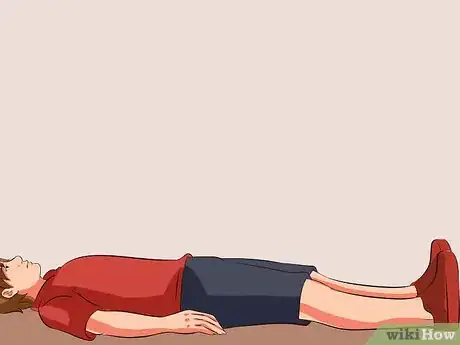
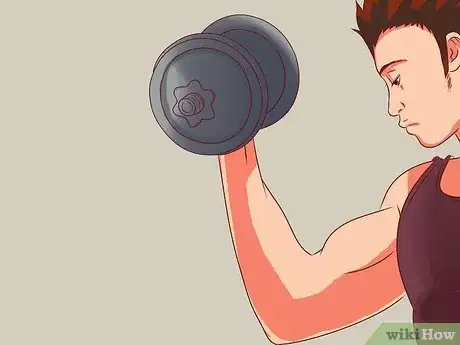


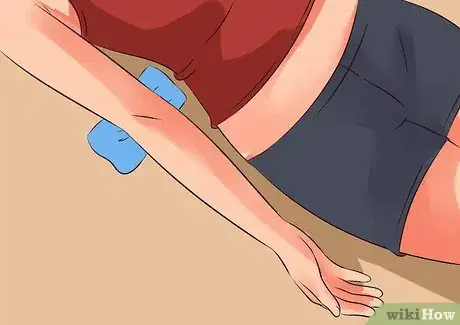
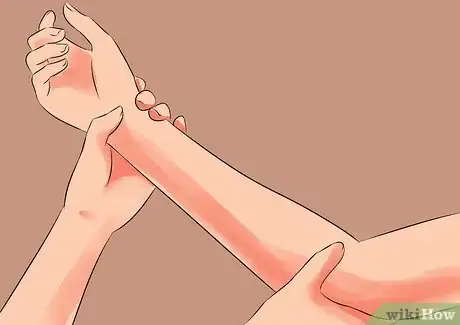
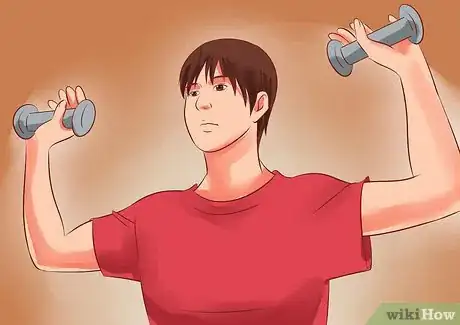
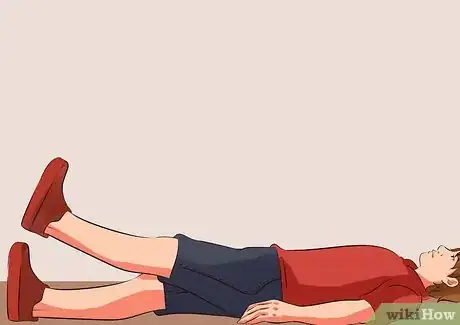

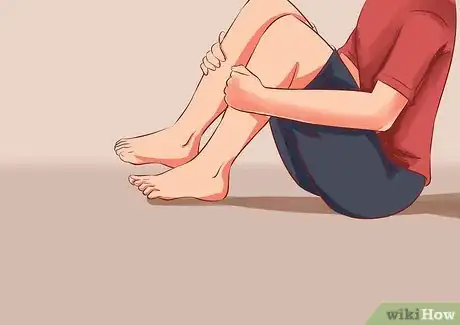
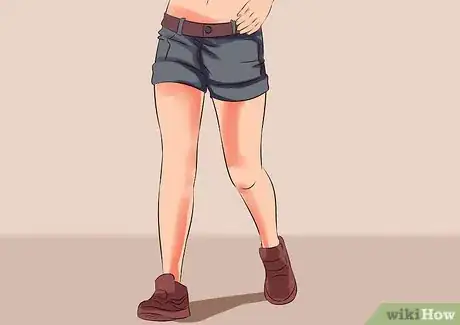

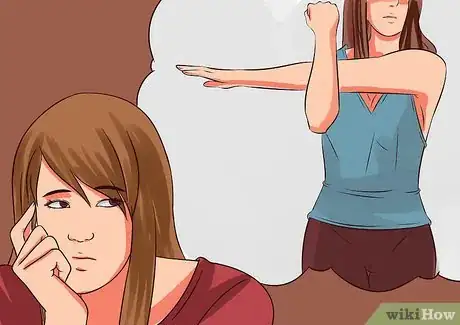
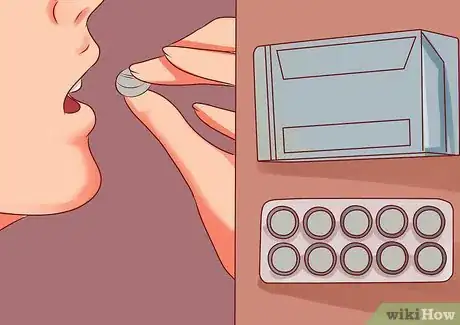
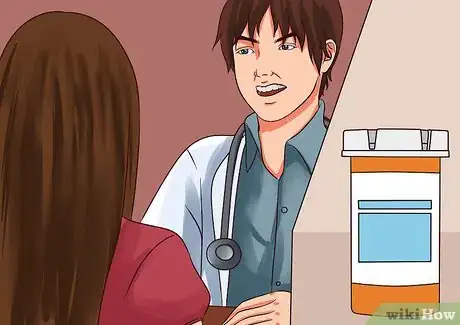
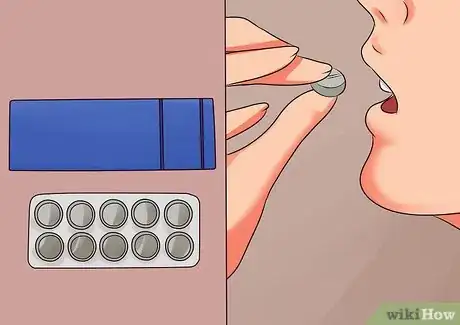

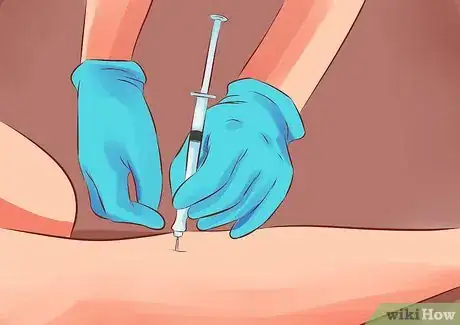
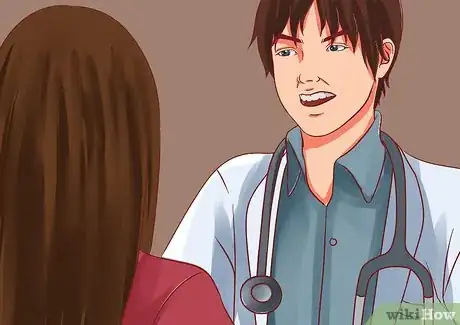


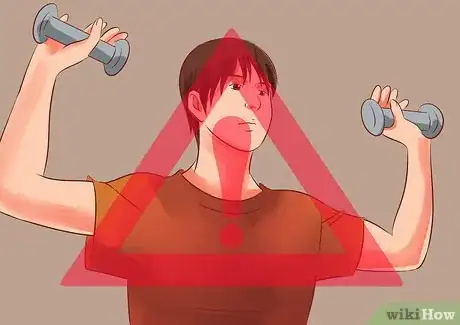



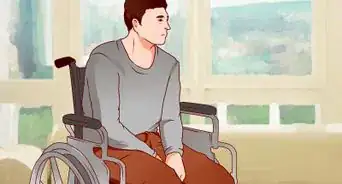



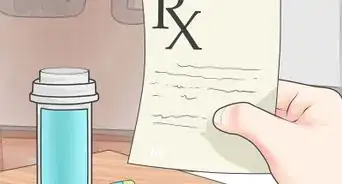









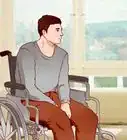
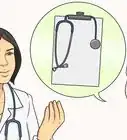




































Medical Disclaimer
The content of this article is not intended to be a substitute for professional medical advice, examination, diagnosis, or treatment. You should always contact your doctor or other qualified healthcare professional before starting, changing, or stopping any kind of health treatment.
Read More...